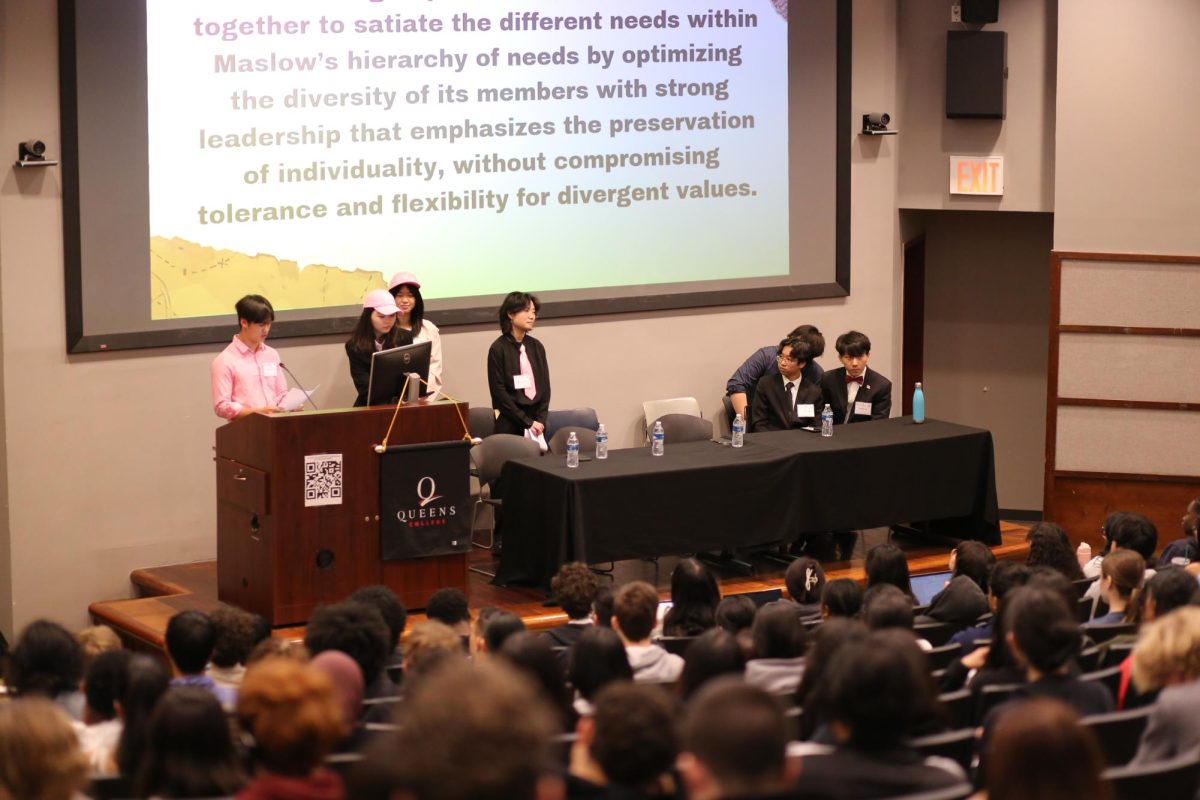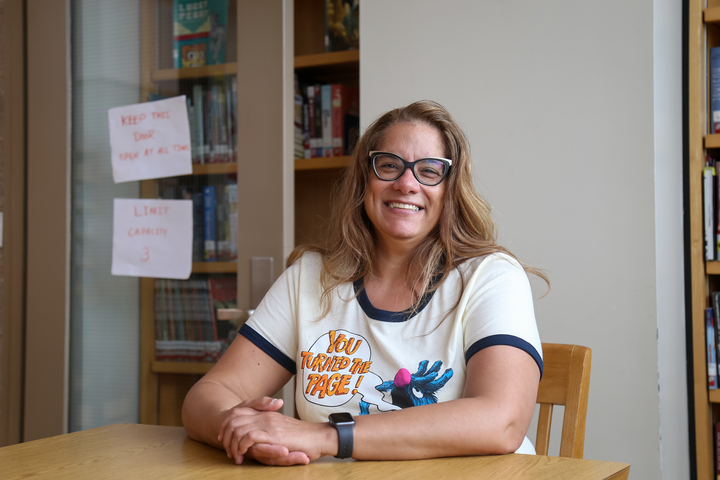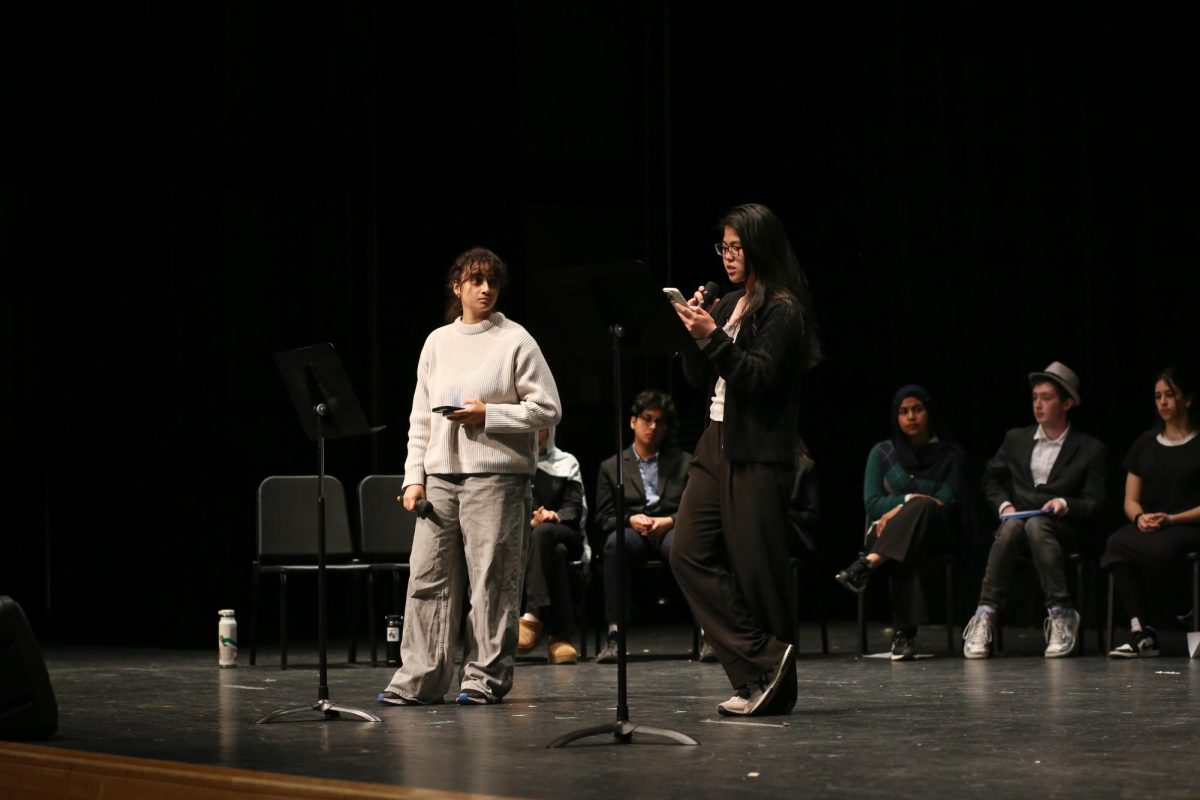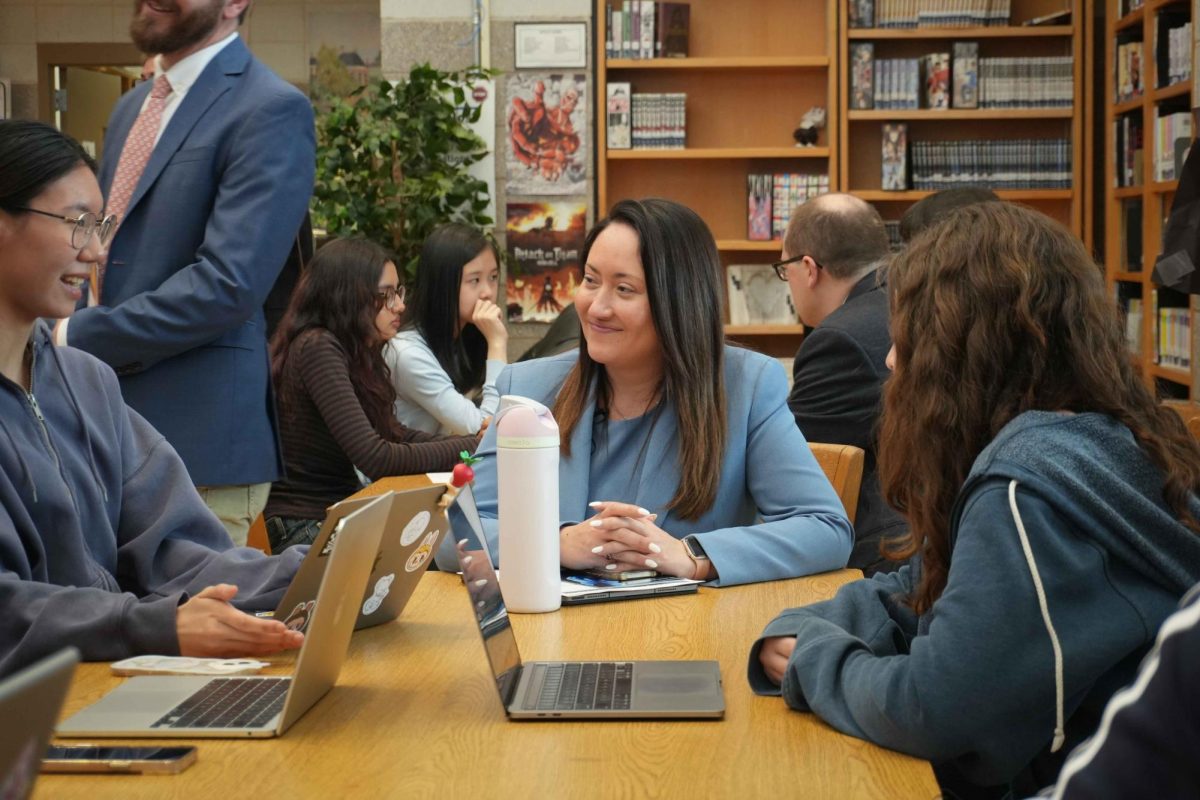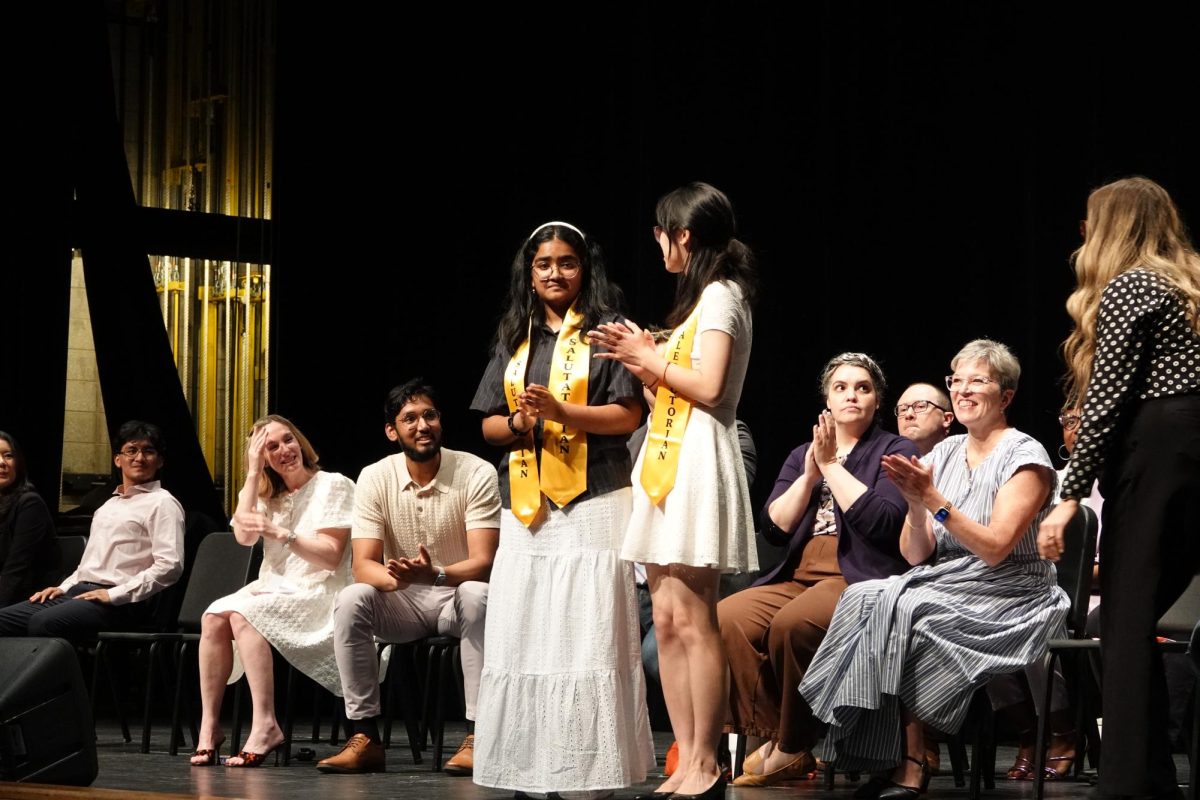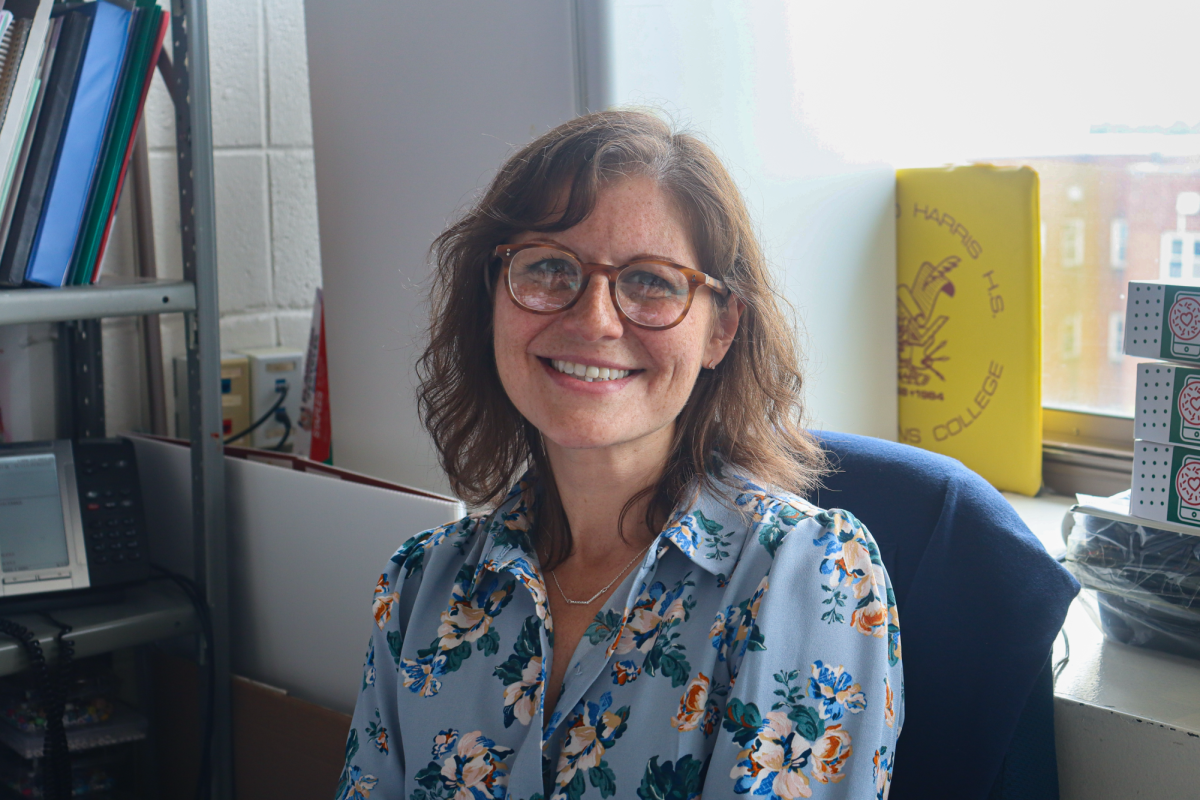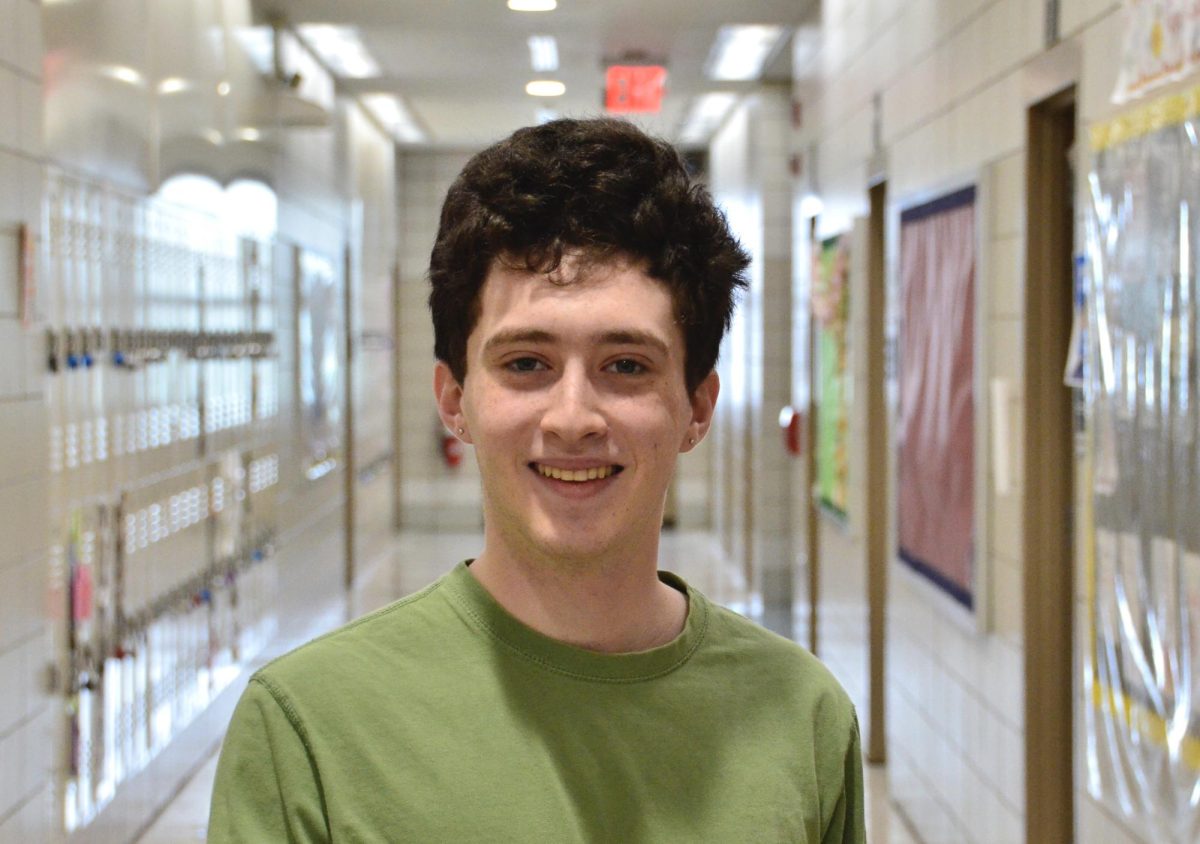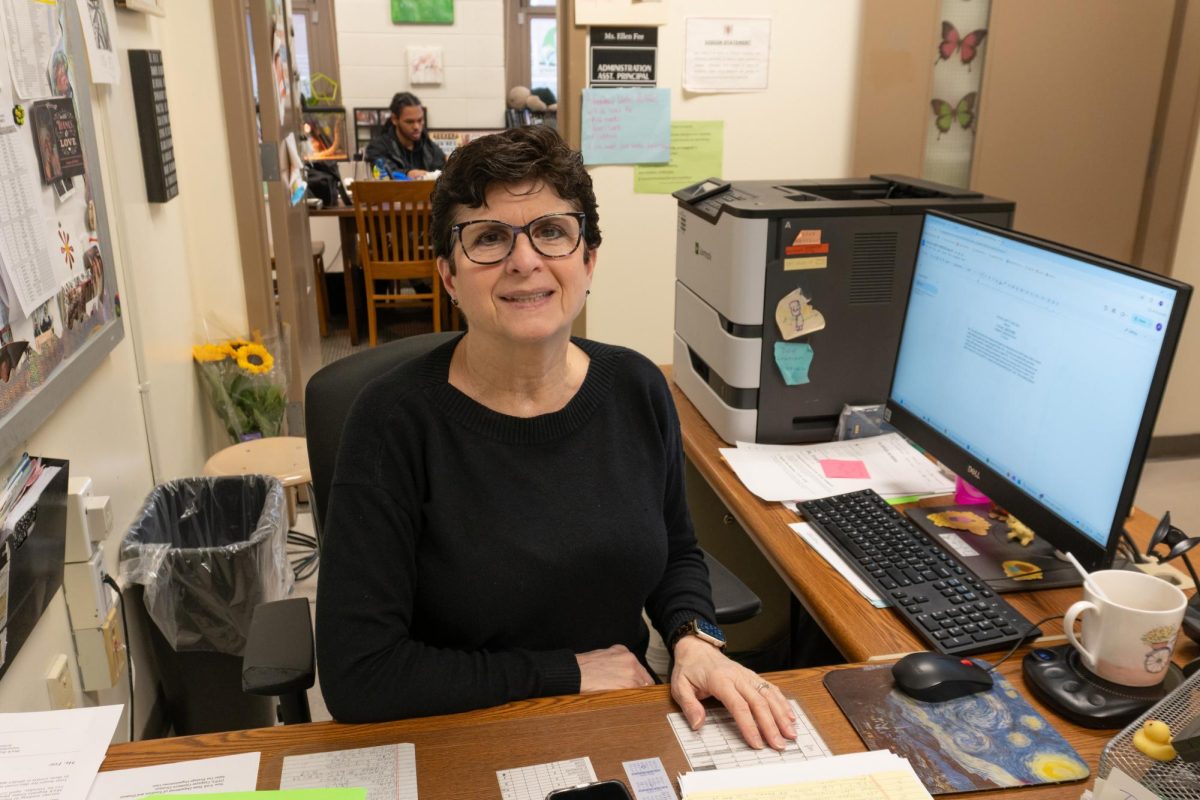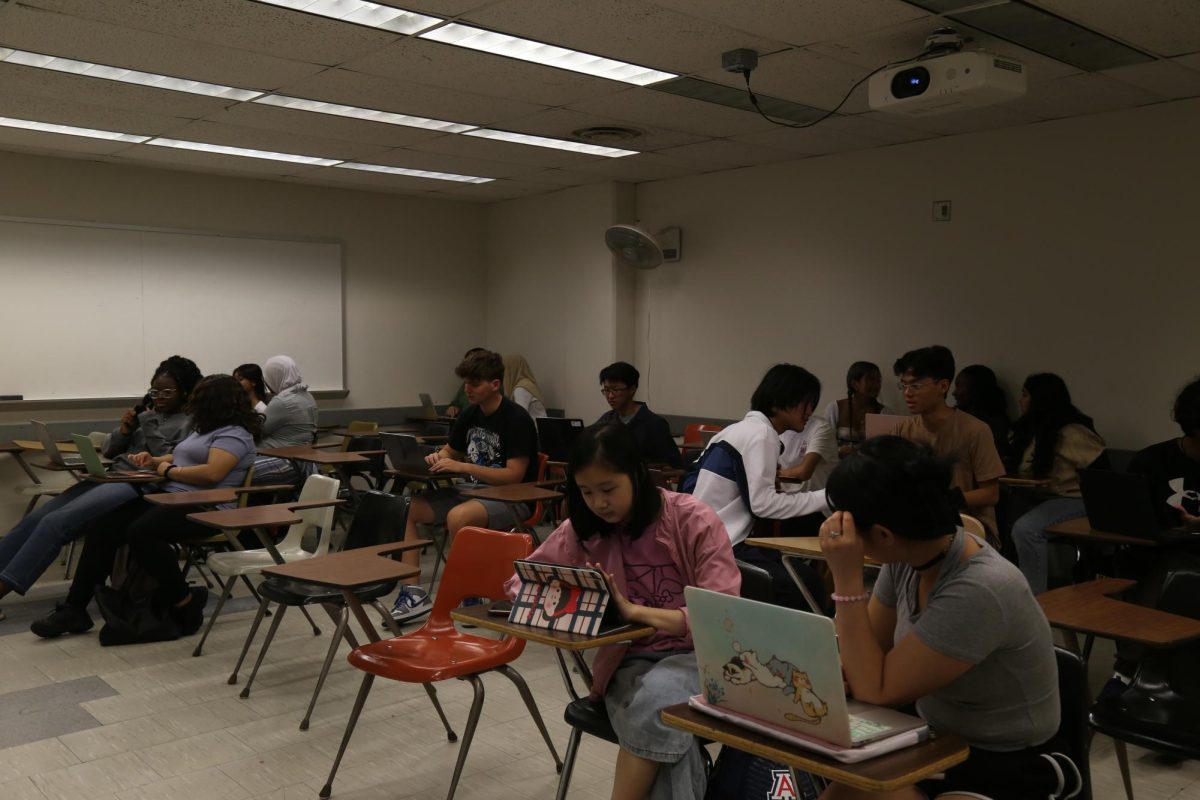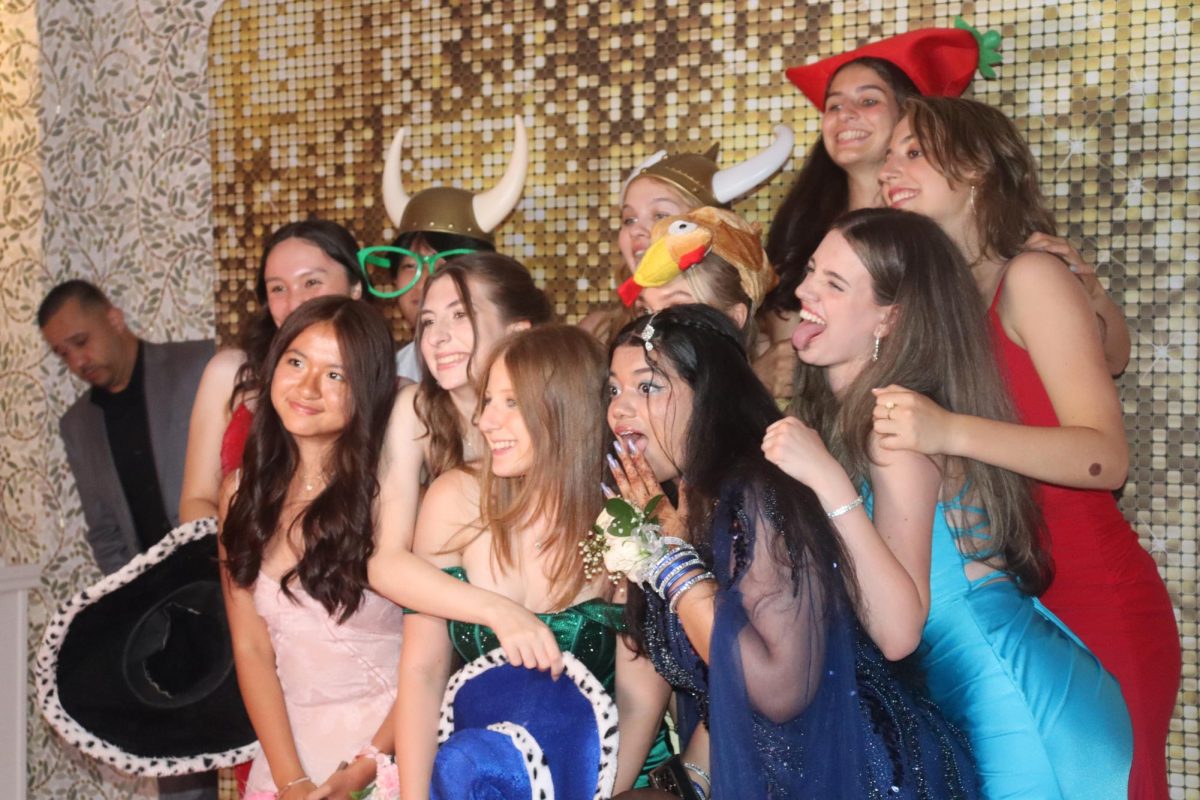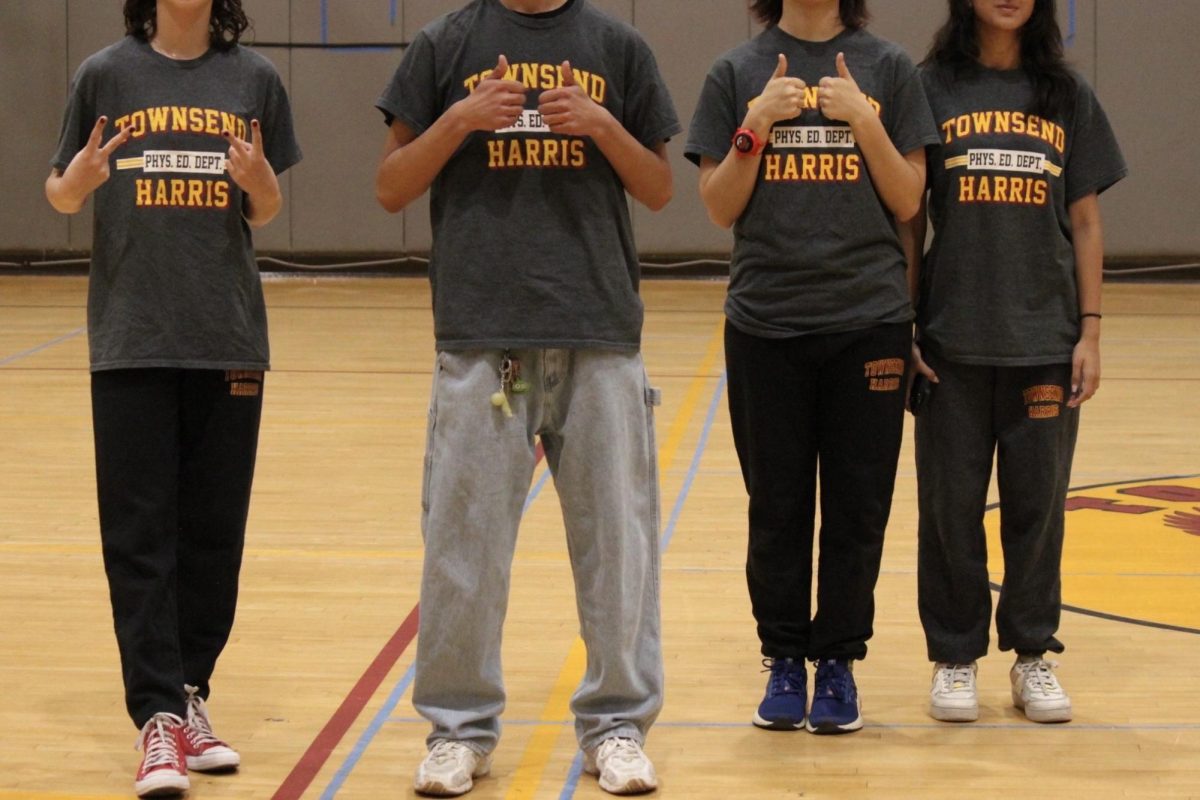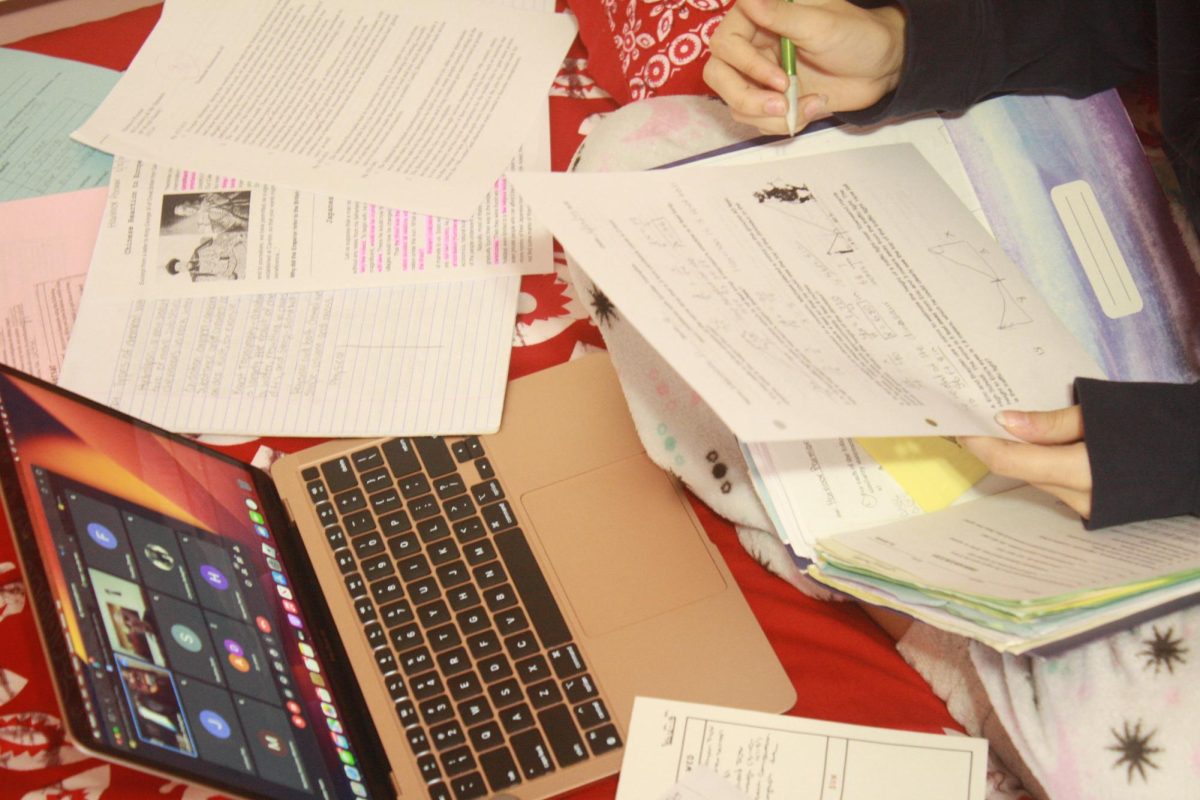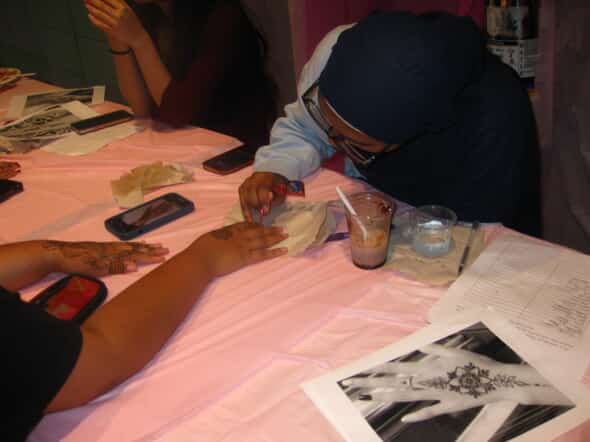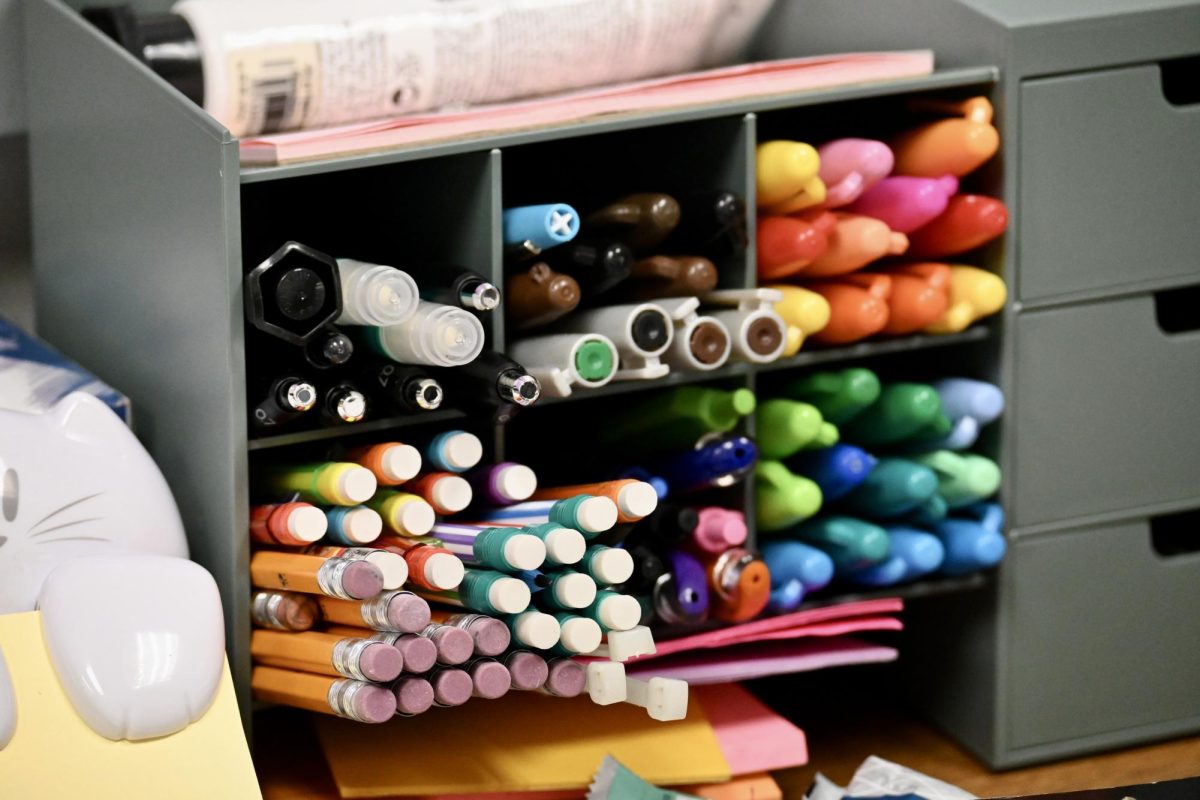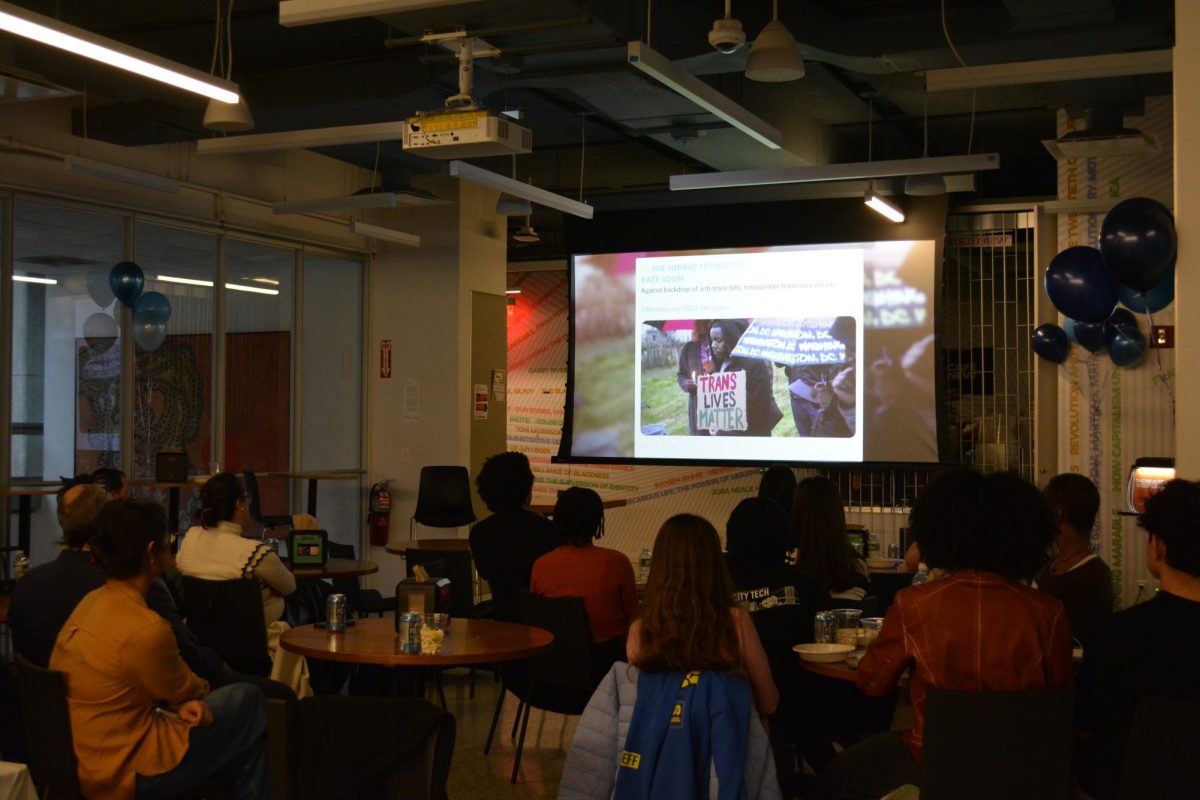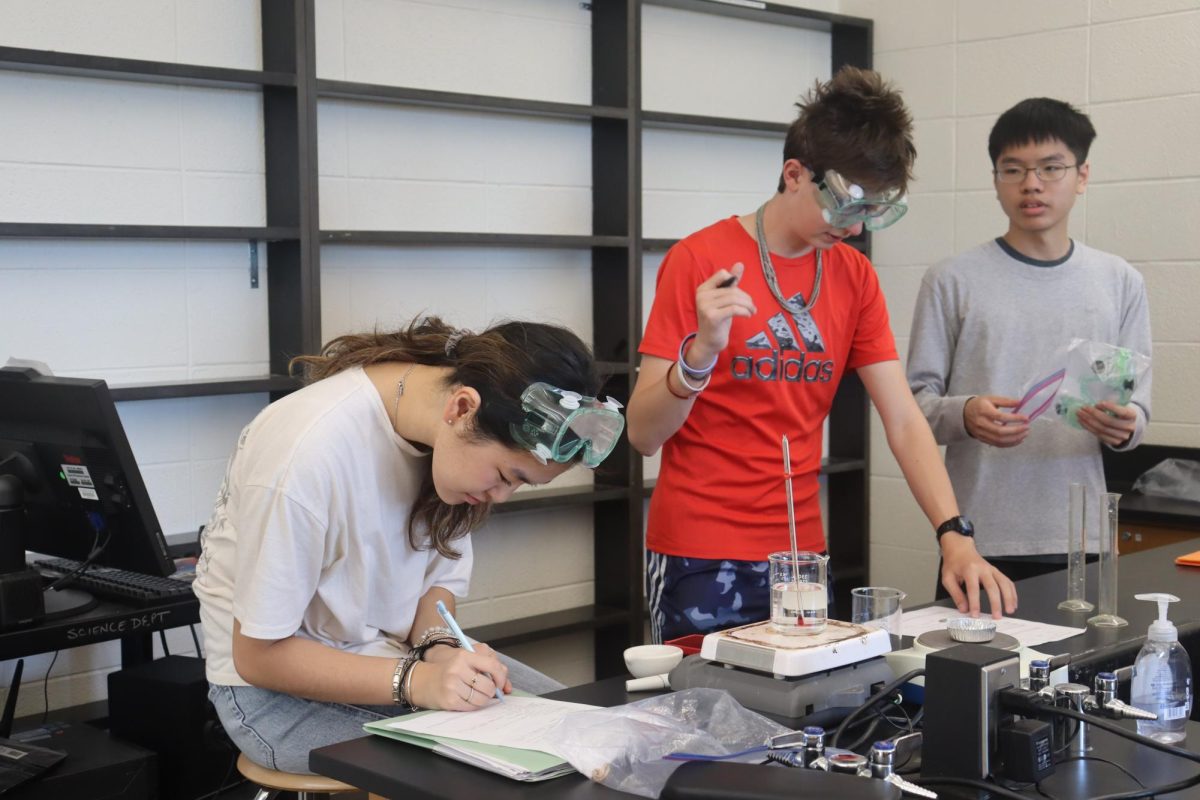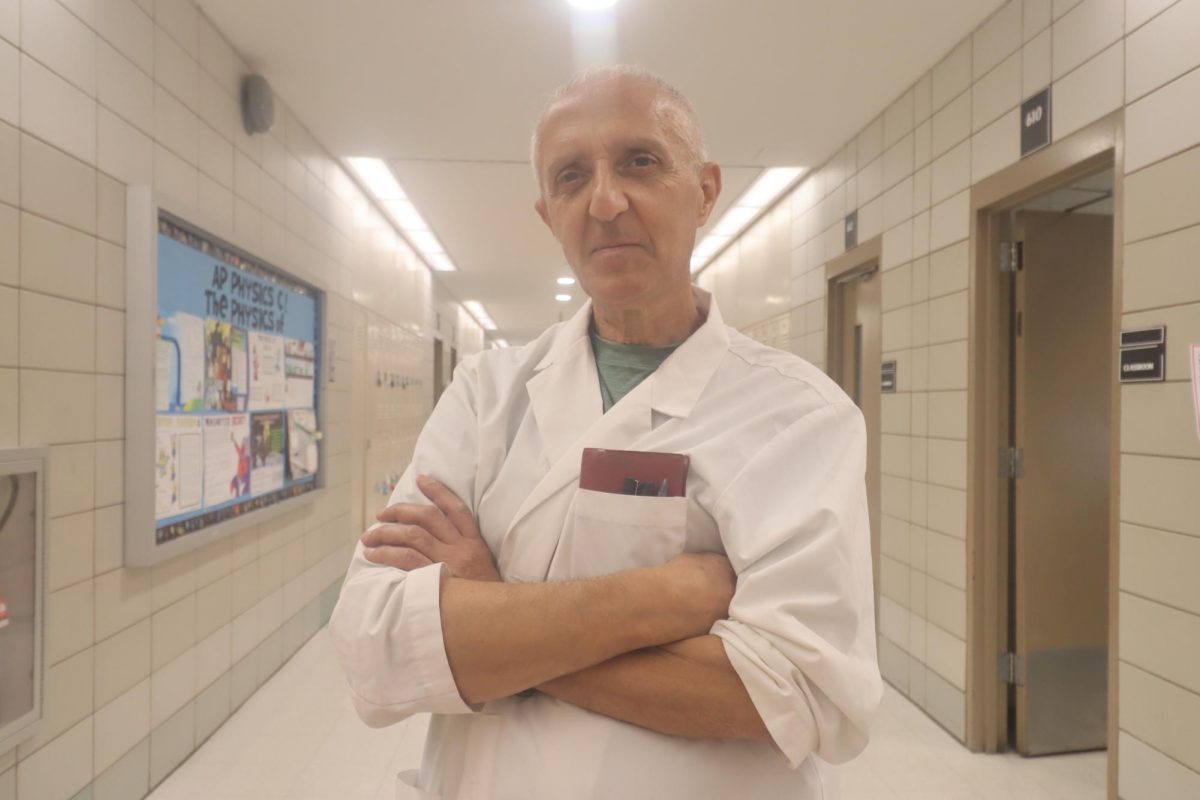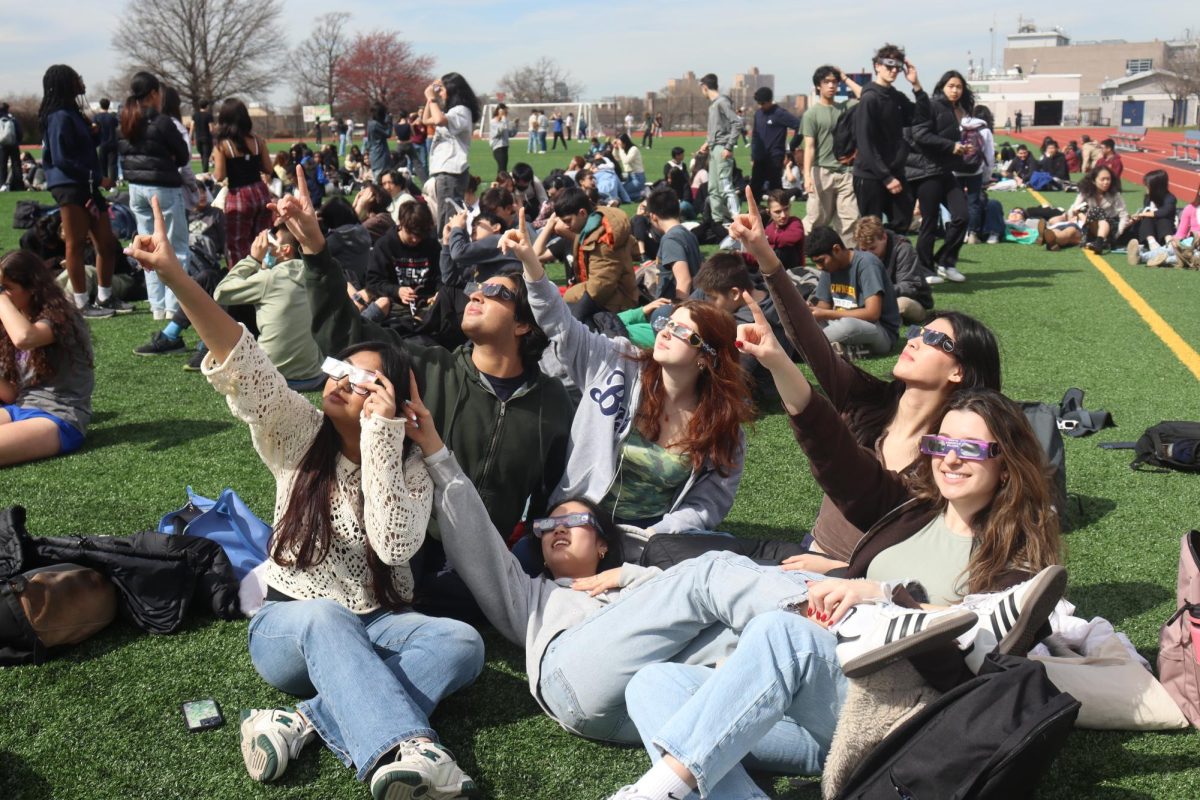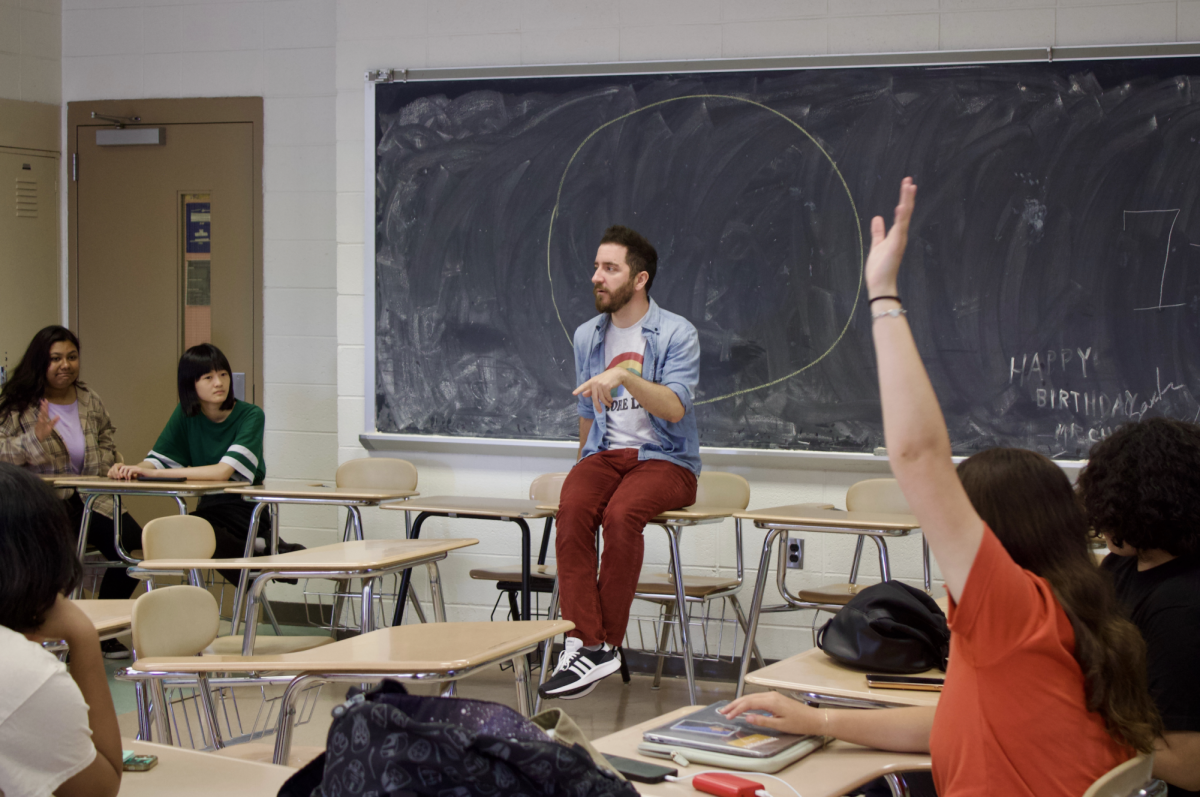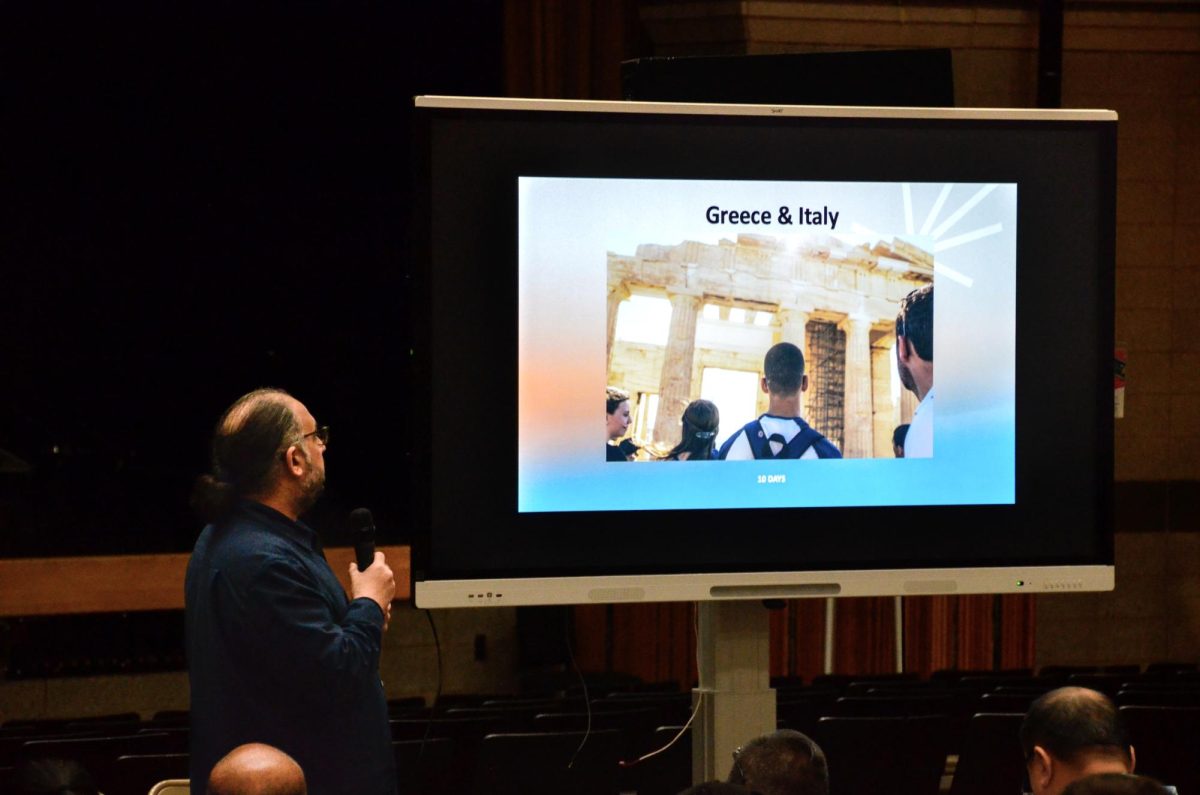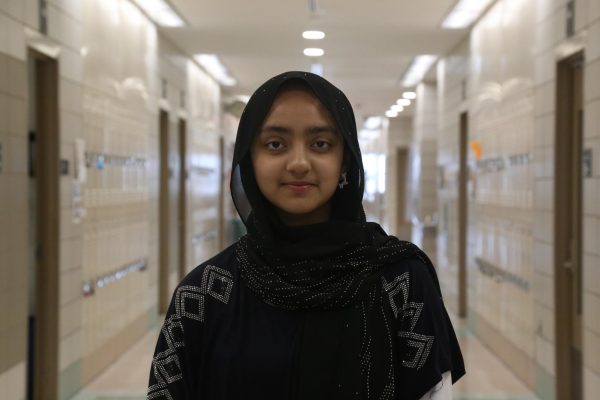
Six years ago, Townsend Harris High School joined numerous other NYC public schools and introduced a “teacher-leadership program,” which is organized through the Teacher Career Pathways program, an operation jointly run by NYC Public Schools and the United Federation of Teachers (UFT). The program now features a “teacher leader” in nearly every department of the school, each of whom work with the school administration.
While the student body is familiar with groups like the Student Union, Robotics, and various PSAL teams, each with its own culture and traditions for students, the teacher-leader community is a group of growing significance largely for teachers around the school.
Principal Brian Condon, who has overseen the formation and development of this group, said that one of the greatest benefits of having a teacher leader program at a school is that it allows teachers to interact with one another, listen, learn, and come up with greater ideas as a whole. “It’s a peer who can help you become better at what you do. People tend to be more receptive to peers than they are to supervisors,” he said.
In addition, Mr. Condon described the teacher leadership program as a “very formal pathway to become a leader.” In fact, two new assistant principals at THHS got their start in the school’s teacher leader program. English teacher Ryan Dunbar was the first teacher at THHS appointed to be a “teacher leader,” and this semester he became the Interim Acting Assistant Principal of English. STEM Assistant Principal Abid Choudhury also was a teacher leader before he became an assistant principal.
Describing the benefits of the program, Mr. Dunbar said, “When teachers and teacher leaders are involved in decision-making processes within a building, I think it just leads to better teaching practices across the board.”
Mr. Choudhury said that his experiences as a teacher leader, especially in the Mathematics department, were positive and engaging and allowed him to learn important skills that helped him in his role as an Assistant Principal. “It helped me find my voice and it was a good stepping stone for being able to express myself in terms of my pedagogical philosophy more comfortably,” he said.
Currently, the program includes English teachers Christine Duffy, Katherine Lipinski, and Brian Sweeney, art teacher Anthony Montalvo, social studies teacher Jake Ruiz, physical education teacher Raymond Adamkiewicz, and instructional support services teacher Natali Frank.
“[The teacher leadership program shows] that there are a number of teachers in this school that take ownership over what happens in the school building […] and they’re invested in helping it improve,” Mr. Choudhury said.
According to Mr. Condon, teacher leaders have two main responsibilities: the first involves opening up their classrooms to other teachers to learn about teaching practices and the second involves meeting with administrators to develop plans for the students and faculty, through an “Instructional Leadership Team” and “Professional Learning Committee”.
When he became the first teacher leader at the school, Mr. Dunbar focused mainly on the first responsibility: helping teachers learn about each other’s best teaching strategies. Mr. Dunbar said he began by having “intervisitation teams” and by turning his classroom into a “lab classroom” to initiate more interactions between teachers from various classes. “I did everything I could to get teachers talking, and I’d have weekly meetings with Mr. Condon [to] keep him posted on what was going on with the teachers,” Mr. Dunbar said.
He added that his experiences as a teacher leader became the beginning of the teacher leadership program in the school: “Once Mr. Condon saw the benefits, he started to seek out other teachers in the building who were also interested in this [program]. It [was] a little bit more work, but it [afforded] you exciting opportunities as a teacher.”
In addition, after working with teachers, Mr. Dunbar began working with other teacher leaders as they were hired. He currently leads the Instructional Leadership Team (ILT) at THHS, which consists of all the teacher leaders and the building administrators. He said, “[It] oversees all the different teacher teams in the building and ensures that as a school we’re all pulling in the same direction […] we examine the overall goals of the school every year and we say okay, ‘What specifically are we doing in terms of instruction in this building to help meet those goals?’”
English teacher and Classic advisor Brian Sweeney was the next teacher appointed to the program after Mr. Dunbar. Mr. Sweeney said that in addition to having his own classroom visitation group, he’s also in charge of the school’s “Professional Learning Committee,” planning Friday training sessions for teachers, and being the head of the “MOSL (Measures of Student Learning) Committee,” which works with Mr. Condon to determine how teachers are rated each year.
Mr. Montalvo, an Art and Photography teacher, was originally a teacher leader at his previous school, so when he arrived at THHS as a new art teacher last year, he said he “renewed” that role. This past September, he became an art teacher leader, while still teaching Photography, Studio Art, and 3D Design to numerous students.
Describing the teacher leader group as “titans” in the school, Mr. Montalvo said that “it is an honor working with them” since they have a passion for their students. “That’s what’s important,” he said. “[I] look forward to seeing where [the teacher leader] direction takes me.”
Mr. Ruiz, a social studies teacher in the program, said, “I’ve had some exposure [to certain leadership positions] just not in this direct capacity facilitating professional development […] [but] I like to take on new challenges to expand my horizons.”
He said that currently, the teacher leader work being done in the social studies department is making “strides towards a more unified 9th grade curriculum.”
Mr. Dunbar said many teachers in other schools he’s been to might not have that much say in their jobs. He said that it’s “wise” to have a system where all teachers connect and learn from one another. “It’s a different feeling when you and your colleagues are working together to kind of reflect upon your own practice and try to get better in an environment that is not evaluative, but rather for the sake of actually getting better and doing a better job,” he said.
Last year, when former assistant principal Georgia Brandeis left in October to take on a new role, Ms. Frank helped run the Instructional Support Services department until a full time assistant principal could be hired. In addition, many of the THHS teacher leaders run “teacher teams” that focus on developing skills in key areas of teaching practice. Ms. Frank oversees a teacher team that works on developing skills in classrooms that are co-taught by two teachers, Ms. Duffy runs a team on developing skills in leading Socratic seminar discussions, and Ms. Lipinski runs a team on creating a “culturally responsive” curriculum in classes.
“I aspire to support my colleagues in the same way that other teachers have graciously supported me,” Ms. Lipinski said. “The teacher leadership program creates a system for teachers to better serve each other and our students.”
Despite the amount of teacher leaders currently working on these projects, many students said they were unaware of this teacher-leader system and expressed their curiosity and interest to hear more about it.
Sophomore Megan Madelar said she’d heard of the program’s name before but would like to know more about it: “I suppose teachers should start spreading [the] word from their classes down to the clubs they advise for […] being a [part of the teacher leader community] might also attract students to ask more questions and be more curious.”
On the other hand, students like Harnoor Parmar, a junior at THHS, said she’s never heard about the program but also believes that teachers should “bring it up in their classrooms.”
“I think that if the student body knew about the teacher leader community, we could implicate the same tactics our teachers use to make their work experience more engaging and enjoyable with school and the programs we are a part of,” Harnoor said.
Now having moved from teacher leader to assistant principal, Mr. Dunbar expressed gratitude for being a part of the program and seeing its improvements throughout the years. “I’ve just enjoyed watching the growth of the teacher leader team […] I think the more teachers that are a part of this team, the more voices we have [and] the more access from across the departments in the building. The more driven and confident teachers that are seated at the table, the better,” he said.

